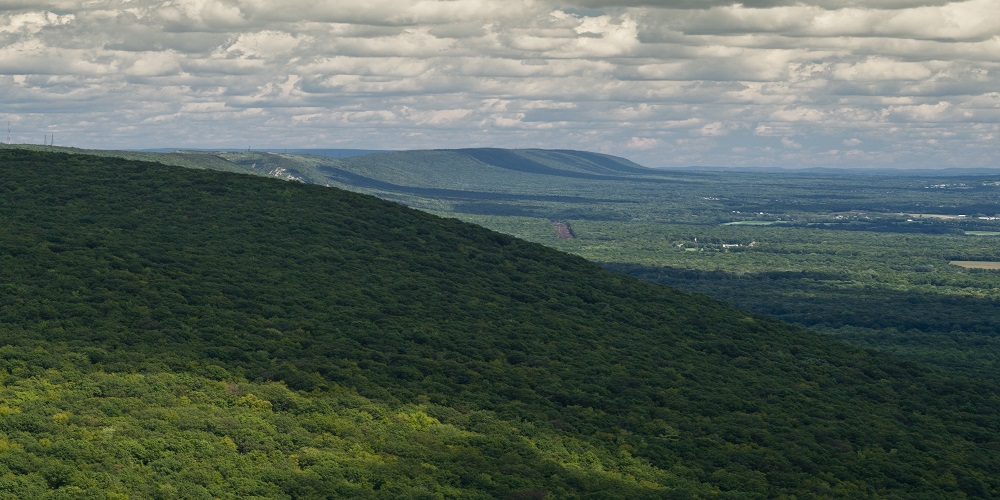 David Husic
David Husic
Department of Conservation and Natural Resources (DCNR) Secretary Cindy Adams Dunn celebrated the success of Pennsylvania’s Conservation Landscape program, noting that its regional focus and partnership-building approach is critical for meeting complex environmental challenges.
“We believe that the landscape-scale approach, now more than 15 years in practice, is well positioned to help Pennsylvania tackle the most challenging problems such as watershed protection, and our changing climate and its impacts on infrastructure, wildlife, and health,” Dunn said at the annual meeting of the South Mountain Partnership at Liberty Mountain, Fairfield. “As we strive to accelerate the pace and scale of conservation efforts, a good understanding of what makes landscape efforts successful is critical.”
DCNR released the report 2019 Pennsylvania Conservation Landscapes – Models for Successful Collaboration, to share the results of a recent evaluation and to highlight individual landscape efforts and the best practices they are using to achieve conservation and revitalization goals.
Pennsylvania’s Conservation Landscapes include: Laurel Highlands; Lehigh Valley Greenways; Pennsylvania Wilds; Pocono Forest and Waters; Schuylkill Highlands; South Mountain; Susquehanna Riverlands, and Kittatinny Ridge.
The South Mountain Partnership is a public-private partnership between DCNR and the Appalachian Trail Conservancy, and has grown into a coalition of citizens, businesses, non-profit organizations and government representatives in Adams, Cumberland, Franklin, and York counties.
“The South Mountain Partnership invests in building the capacity of its partners, and uses a collaborative approach to tackle large projects,” said external lead Katie Hess of the Appalachian Trail Conservancy. “That’s led to significant wins for the landscape including the conservation of 850-acres of valuable forested land on South Mountain, the rebirth of the Craighead House as a cultural and educational asset, and a current focus on clean water efforts for local communities and the Chesapeake Bay.”
The report notes that key best practices in the Conservation Landscapes include: using partnerships to make large, complex projects a reality; investing in public lands and facilities to drive economic development in communities; cross-promotion of regional tourism assets; strategic land conservation to address water quality and climate change; and offering mini-grant programs to support small projects.
It also makes some recommendations to strengthen the program and position it to tackle landscape-scale conservation challenges.